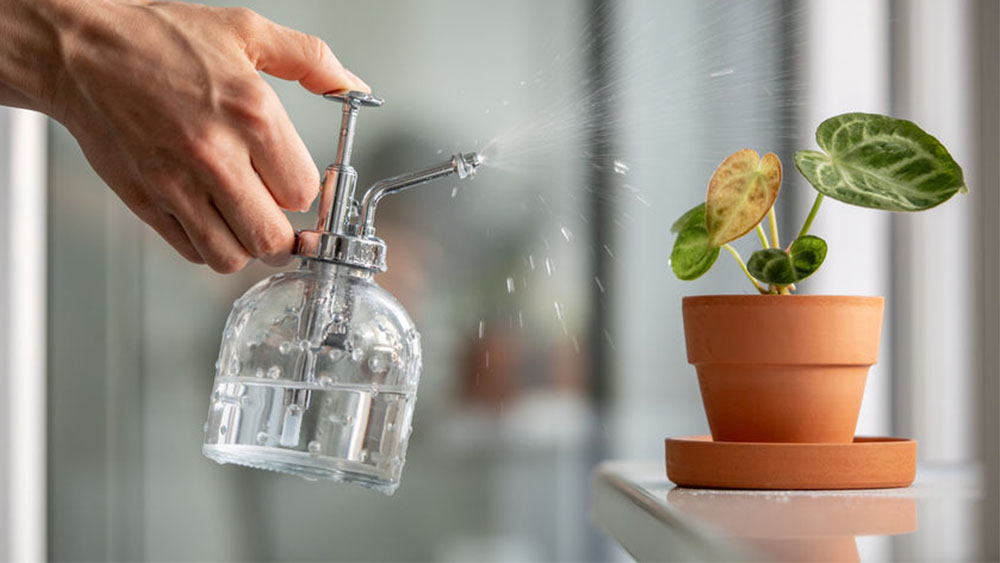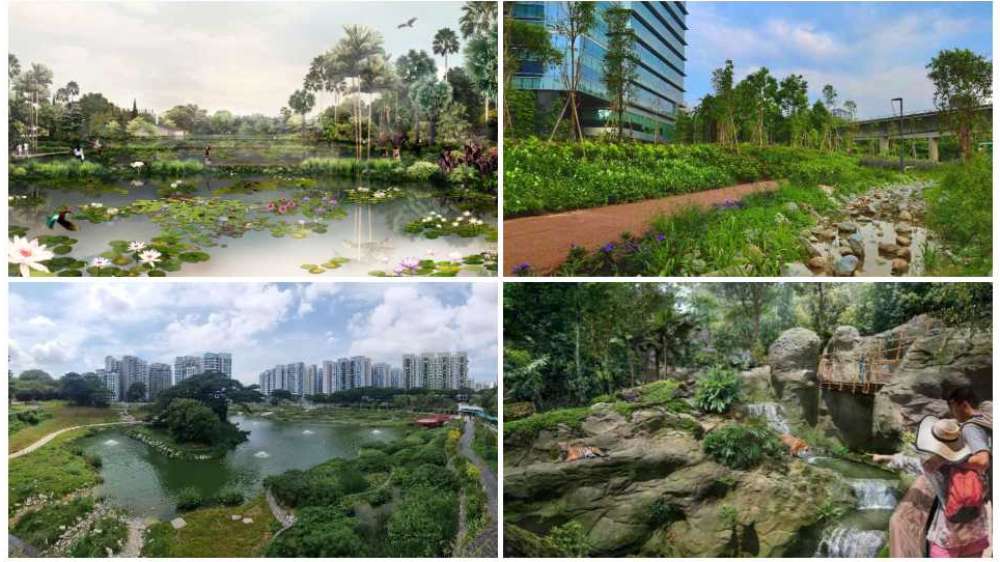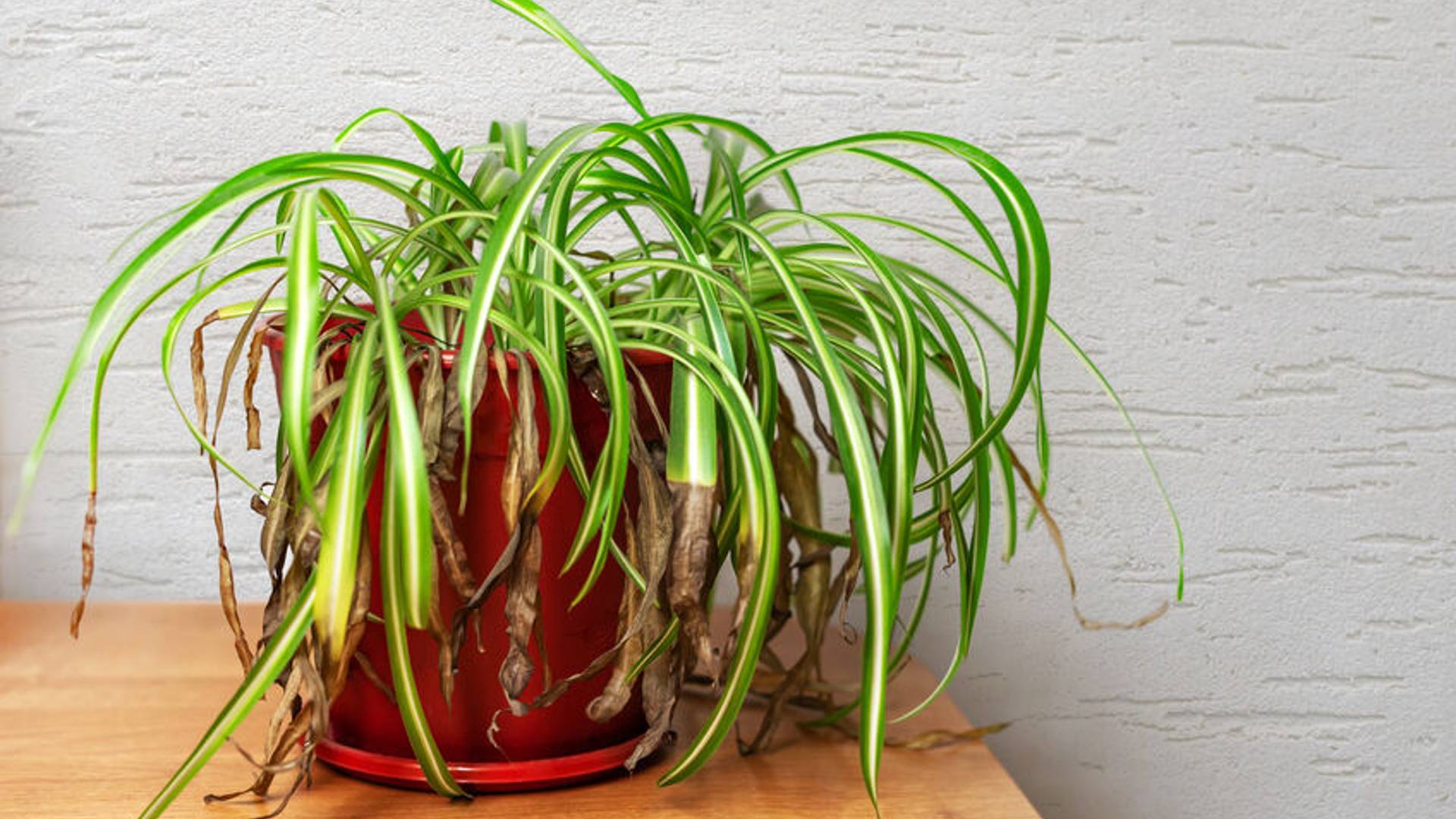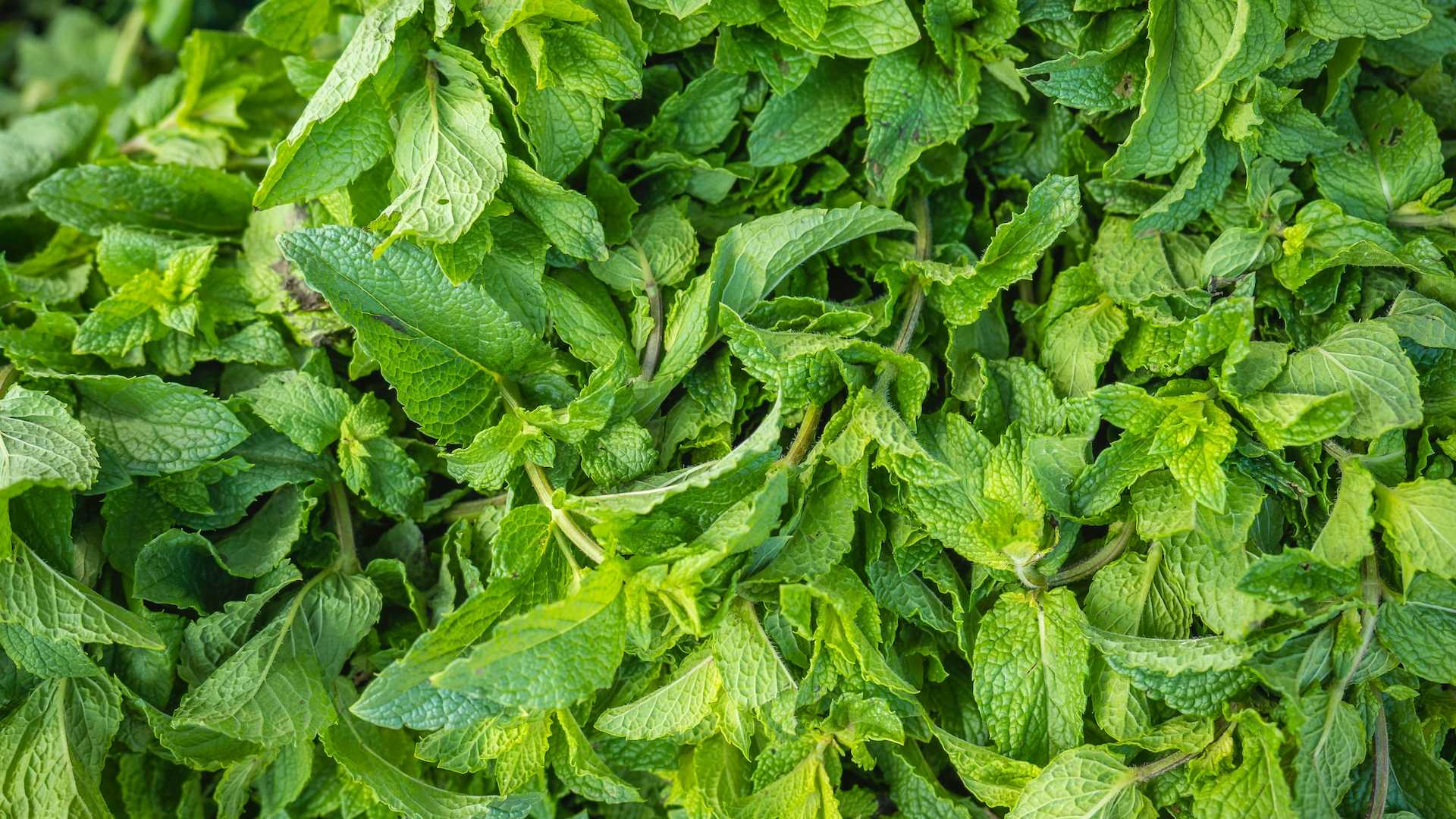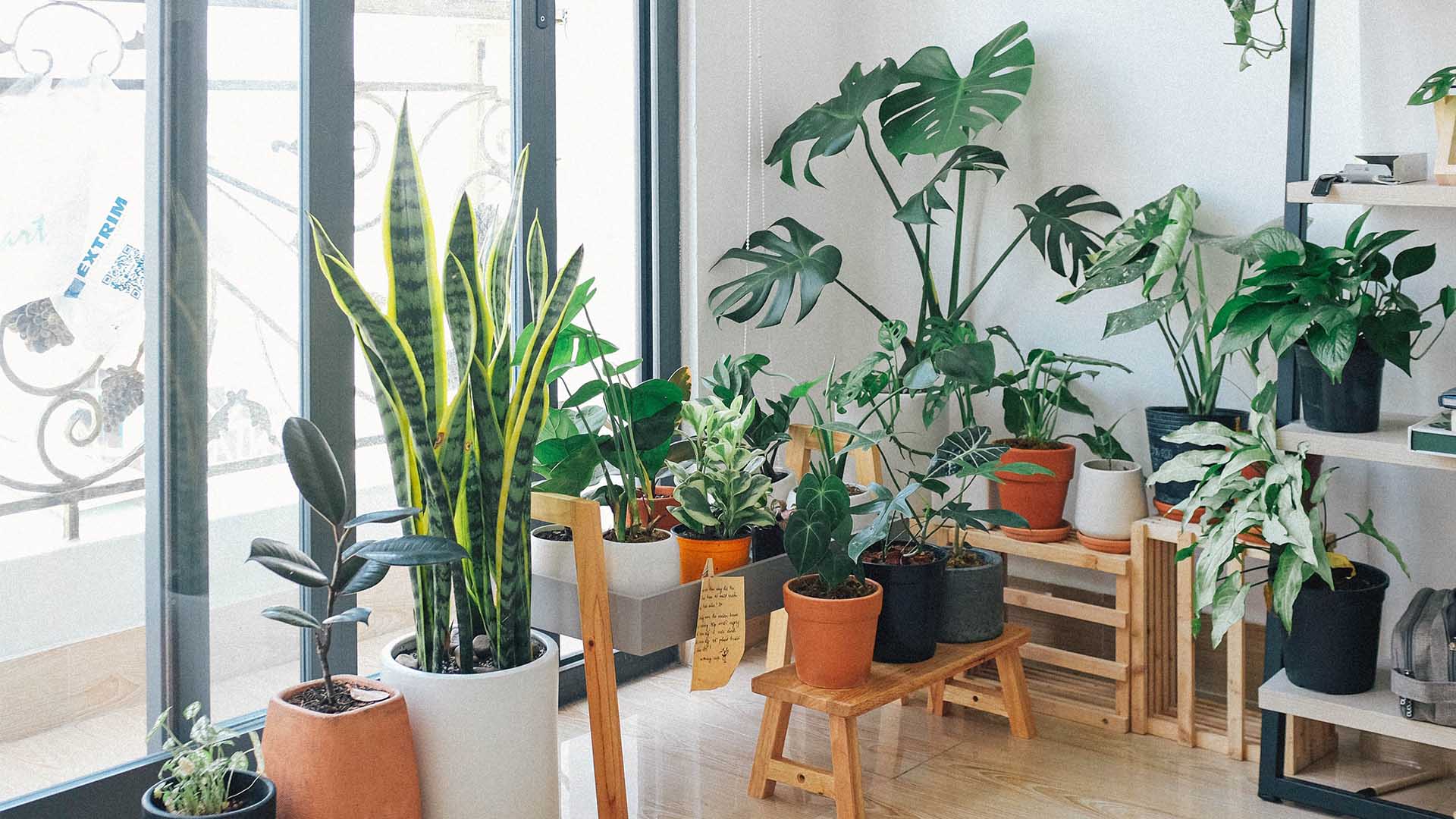Mistakes I Made With My House Plants – And What I Learnt
Having a home full of beautiful, healthy plants can be so therapeutic and rewarding, but not all of us have green thumbs! While you might be a parent to a real, breathing child, being a plant parent can be a whole other game - I should know, I’m living proof!
Apparently, many common houseplant mistakes are avoidable, and are also easily corrected if you can catch the problems sooner rather than later. But it’s also equally true that sometimes plants die despite our best (and correct) care and depending on the plant, sometimes we just have to learn from mistakes.
Hopefully I’m a better human parent than plant parent, and these are the mistakes that I’ve made with my plants at home:
Unresearched, spontaneous plant buys
The phrase ‘look before you leap’ fits perfectly here. I often get carried at nurseries, quickly buying beautiful plants that look healthy and hardy, without doing any research about what goes into their care and maintenance (and usually without even confirming if they are indoor or outdoor plants). But understanding your plant’s specific care needs is very important to keeping them healthy and alive.
Certain plants might not be a good fit for your home, depending on their sunlight and water requirements for instance. You need to know what direction the sun comes from, how much UV light the plant is going to be exposed to, and if it’s possible to position it somewhere with gentle early morning sun. Also ask about the plant’s background, diseases it might be prone to, and any tips that can give you the best chance of survival.
Watering only after they start wilting
If you drink only after you’re feeling parched, it means that you’re already dehydrated. Ditto for plants. Although less damaging than watering them too much or too soon, waiting too long to water your plants is also a crucial mistake to avoid. Some plants need very little watering, but even they aren’t immune to underwatering. If plants have become so dried out that they’re showing visible signs of stress and struggle, you’ve already waited too long.
Instead of reacting to the visible signs of lethargy and wilting, check the top layer of soil every three days or so. If it’s dry, then it’s time to water again.
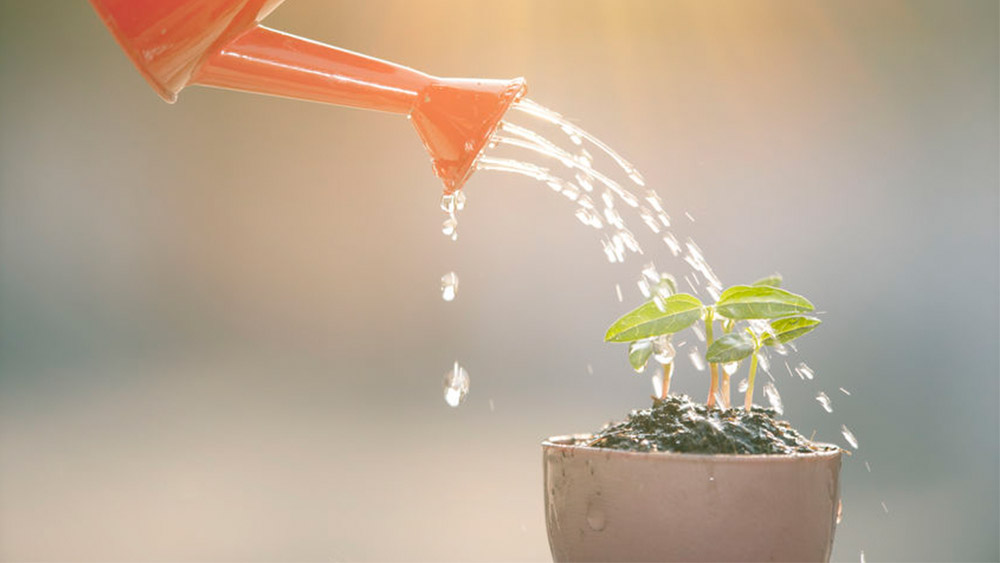 IMAGE: 123RF
IMAGE: 123RF
But don’t overwater either
Did you know that your plant is far more capable of surviving under-watering than it is overwatering? Bizarre, right? I thought that given Singapore’s usual high heat and sunny days, a little bit of watering everyday will be good for plants. Wrong!
Watering too frequently is a very common misconception when it comes to plant maintenance, as many indoor plants only require watering once a week or even less. For instance, indoor palms thrive on being left for longer periods of time without water. As mentioned above, when feeling the top soil for dryness, watering a plant when the soil feels moist can result in root rot, especially on cooler days when there is less heat in the atmosphere. Mushy and soft roots aren’t able to draw up water or nutrients, resulting in the common symptoms of yellowing leaves or wilting.
Not dusting the leaves
And did you know that plant leaves are another thing to add to your dusting regime the next time you’re cleaning the house? Why? Because it leaves your plants looking shiny and also improves their health. Like anything in your home, plants can also gather dust and debris that settles indoors. If your houseplant is in a dimly lit room without adequate natural daylight, it might struggle with sunlight deficiency, and more so if there’s dust on the leaves, as the chloroplasts in leaves get clogged up with dust and the plant is unable to photosynthesise, so it can’t grow at its optimum potential or produce its own food.
So the next time you’re cleaning the house, wipe down the leaves with a damp cloth too.
Pots without drainage holes
I learnt the hard way that root rot isn’t necessarily the result of just overwatering. Housing your plant in a pot without drainage holes can also lead to excessive moisture in the soil, so finding a pot with built-in drainage holes is essential for healthy plant life. Ditto for leaving plants in a drip tray full of water. Although drip trays make indoor watering much easier, the leftover water will lead to excessive soil moisture and waterlogging, and ultimately, root rot again.
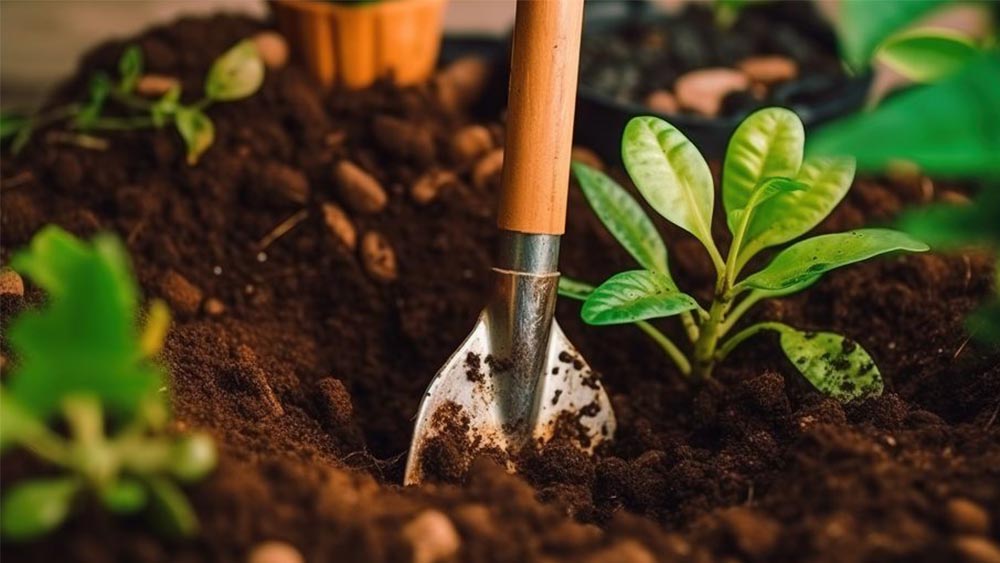 IMAGE: 123RF
IMAGE: 123RF
Soil matters
Soil is soil, right? Wrong! If, like me, you’ve always believed that garden soil is the same as ‘indoor soil’, please trust me when I say that underestimating the importance of soil in indoor plant care is a big mistake. As with your plant purchase, research what type of soil and soil conditions will be ideal for your plant. Most likely, you’ll be recommended to avoid using any regular garden soil and opt for specialised indoor plant options, such as organic plant food to keep the plant soil enriched.
For the latest updates on Wonderwall.sg, be sure to follow us on TikTok, Telegram, Instagram, and Facebook. If you have a story idea for us, email us at [email protected].







